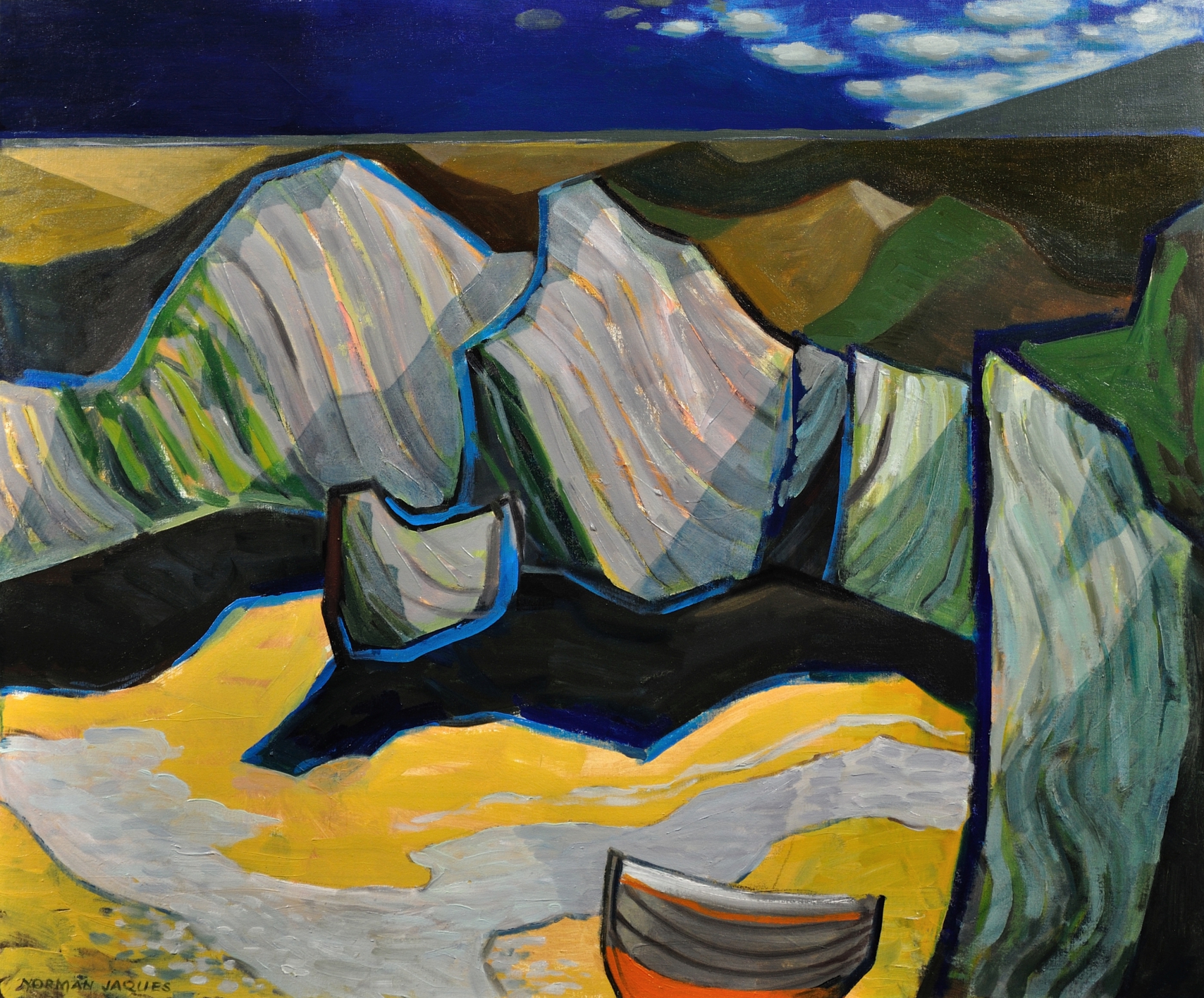

They fill my room and even that is not enough,” wrote the armchair traveler about her trove featuring works by Andrea Palladio and Giovanni Piranesi. “I am passionately interested in books on architecture. Of the many genres she amassed, it’s no surprise that Russia’s art-loving empress prized art and architecture books. Among the art critic’s 2,904 volumes was the only uncensored copy of his masterpiece, Encyclopédie, which Catherine called “indispensable.”

When Diderot died six years later, his books were installed beside those of Voltaire.

In 1779, twelve large crates containing his 6,760 volumes were unpacked in the Oval Room of the Winter Palace. To seal the 30,000 ruble deal with Voltaire’s niece and heir, Catherine threw in diamonds, furs, and a jeweled box with her portrait. As she did with Old Master paintings, Catherine II snagged entire libraries, including those of French philosophes Voltaire and Denis Diderot. A voracious reader, Catherine assembled a large personal library reflecting her broad interests - from history, philosophy and politics to science, travel and art. Petersburg, and the magnificent architectural wonder the city became is largely her doing.As an unhappily married grand duchess, the future Catherine the Great put her “eighteen years of boredom and seclusion” to good use. Catherine also spearheaded the further expansion of St. She was a self-proclaimed "glutton for art" and she would be responsible for the creation of the Hermitage, one of the largest museums in the world, second only to the Louvre.

She felt that the best way to do this was through a ravenous acquisition of art, which Catherine often used as a form of diplomacy with other powers throughout Europe. Intelligent and determined, Catherine modeled herself off of her grandfather in-law, Peter the Great, and sought to further modernize and westernize Russia. She then staged a coup that ended with him being strangled with his own scarf in the halls of the palace, and she being crowned the Empress of Russia. A German princess who married a decadent and lazy Russian prince, she mobilized support amongst the nobles, playing off of her husband's increasing corruption and abuse of power. This is an art-oriented biograph of the mighty Catherine the Great, who rose from seemingly innocuous beginnings.


 0 kommentar(er)
0 kommentar(er)
